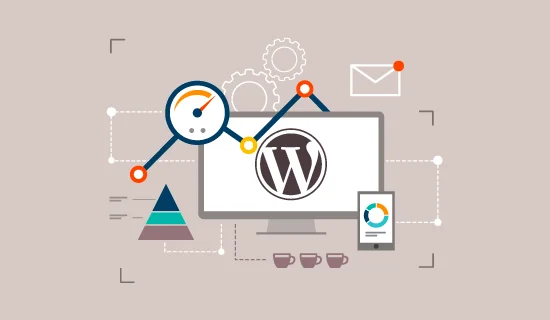In the fast-paced digital world, website speed plays a crucial role in user satisfaction and search engine rankings. As the most popular content management system (CMS) on the web, WordPress powers millions of websites worldwide. However, its dynamic nature and extensive use of plugins can sometimes lead to sluggish performance. In this guide, we’ll delve into the world of caching and how it can dramatically improve the speed and performance of your WordPress site.
1. Understanding WordPress Performance Challenges:
WordPress sites often face performance challenges due to factors like bloated themes, heavy plugins, and large media files. These issues can result in slow loading times, high bounce rates, and lower search engine rankings. Addressing these challenges is vital for enhancing user experience and achieving better SEO outcomes.
2. What is Caching and How Does it Work in WordPress?
Caching is a technique used to store frequently accessed data temporarily, reducing the need to generate it repeatedly. In WordPress, caching can significantly improve performance by serving pre-generated content instead of dynamically generating it with each request. This leads to faster page load times and reduced server load.
3. Types of Caching Plugins for WordPress:
There is a myriad of caching plugins available for WordPress, each offering unique features and optimization techniques. Popular options include WP Rocket, W3 Total Cache, and WP Super Cache. These plugins utilize various caching mechanisms such as page caching, object caching, and browser caching to accelerate your site’s performance.
4. Implementing Page Caching for WordPress:
Page caching is one of the most effective ways to speed up WordPress sites. By storing static HTML versions of web pages, page caching reduces server response time and minimizes database queries. Most caching plugins offer easy-to-use settings for enabling and configuring page caching, making it accessible to users of all skill levels.
5. Leveraging Browser Caching for Improved Performance:
Browser caching allows browsers to store static resources locally, such as images, CSS, and JavaScript files. This reduces the need for the browser to re-download these resources on subsequent visits, resulting in faster page load times for returning visitors. Configuring browser caching headers in WordPress is straightforward and can be done through plugins or server configurations.
6. Utilizing Object Caching for Dynamic Content:
While page caching is effective for static content, dynamic content like database queries requires a different approach. Object caching stores the results of expensive database queries in memory, reducing the need to retrieve them from the database repeatedly. WordPress users can leverage object caching plugins like Redis or Memcached to speed up database operations and improve overall performance.
7. Monitoring and Fine-Tuning Caching Performance:
Optimizing caching performance is an ongoing process that requires regular monitoring and adjustments. Tools like GTmetrix, Pingdom, and New Relic can help track website performance metrics and identify areas for improvement. Fine-tuning caching settings based on traffic patterns and content updates ensures optimal performance under varying conditions.
Takeaway
Caching is a powerful tool for optimizing WordPress development performance and delivering a seamless user experience. By implementing caching strategies such as page caching, browser caching, and object caching, you can significantly enhance your site’s speed and responsiveness. Take the time to explore caching plugins and fine-tune your caching settings to unlock the full potential of your WordPress website.
In the world of WordPress development, Web Boost Online emerges as the unrivaled expert. Make the smart choice for your website’s success and partner with them for unparalleled results.











